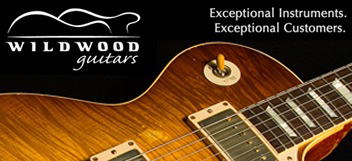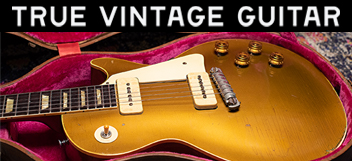The recent thread about the number of laminations used in the top and backs of early ES3x5 style guitars was interesting. I love this place for stuff like that.
Recently I found a fairly nice '64 335 on a Craigslist listing - it had seen better days. Some old widow was selling it to help pay off her credit card debt. I nit-picked the poor guitar to death and knocked her down to $125 and home it came.
One of the issues was a loose strip of binding on the top, so I got out my Milwaukee heat gun and tried to soften it enough to form it back into shape. Bad idea. The top started to separate. So, I figured... WTF, and kept going. Eventually the entire top came off, but it was stuck around the neck. I took it to a local cabinet maker's shop and had them put it on this really cool little band saw and just chopped through it. The neck and the top were junk, so they went in the trash. I got out the cam and took some snaps I thought you all might find interesting. The lighting wasn't optimal, but I think you'll get the idea.
Here's the bottom of what was left:

Here's the remainder of the central block:

What was interesting was to see how many places there was evidence of how much hand-work and hand forming was part of the construction. Here are a couple of shots showing how the maple block isn't perfectly aligned with the kerfed spruce:


Recently I found a fairly nice '64 335 on a Craigslist listing - it had seen better days. Some old widow was selling it to help pay off her credit card debt. I nit-picked the poor guitar to death and knocked her down to $125 and home it came.
One of the issues was a loose strip of binding on the top, so I got out my Milwaukee heat gun and tried to soften it enough to form it back into shape. Bad idea. The top started to separate. So, I figured... WTF, and kept going. Eventually the entire top came off, but it was stuck around the neck. I took it to a local cabinet maker's shop and had them put it on this really cool little band saw and just chopped through it. The neck and the top were junk, so they went in the trash. I got out the cam and took some snaps I thought you all might find interesting. The lighting wasn't optimal, but I think you'll get the idea.
Here's the bottom of what was left:

Here's the remainder of the central block:

What was interesting was to see how many places there was evidence of how much hand-work and hand forming was part of the construction. Here are a couple of shots showing how the maple block isn't perfectly aligned with the kerfed spruce:









